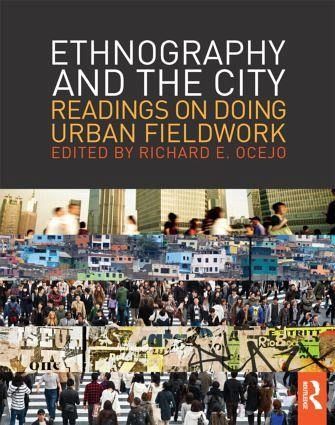
Ethnography and the City
Readings on Doing Urban Fieldwork
Herausgeber: Ocejo, Richard E.

PAYBACK Punkte
45 °P sammeln!
First Published in 2013. Routledge is an imprint of Taylor & Francis, an informa company.

Readings on Doing Urban Fieldwork

Rechnungen
Bestellstatus
Retourenschein
Storno